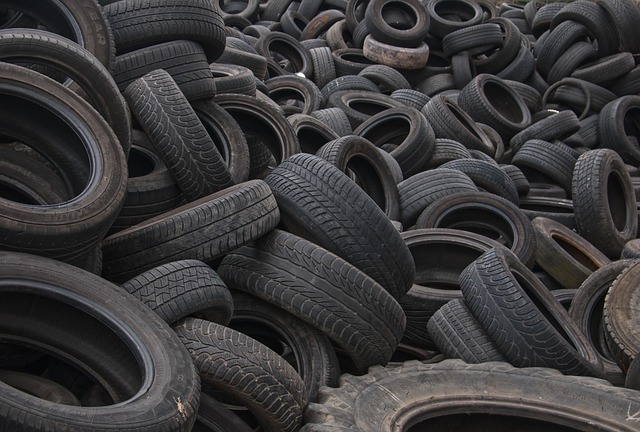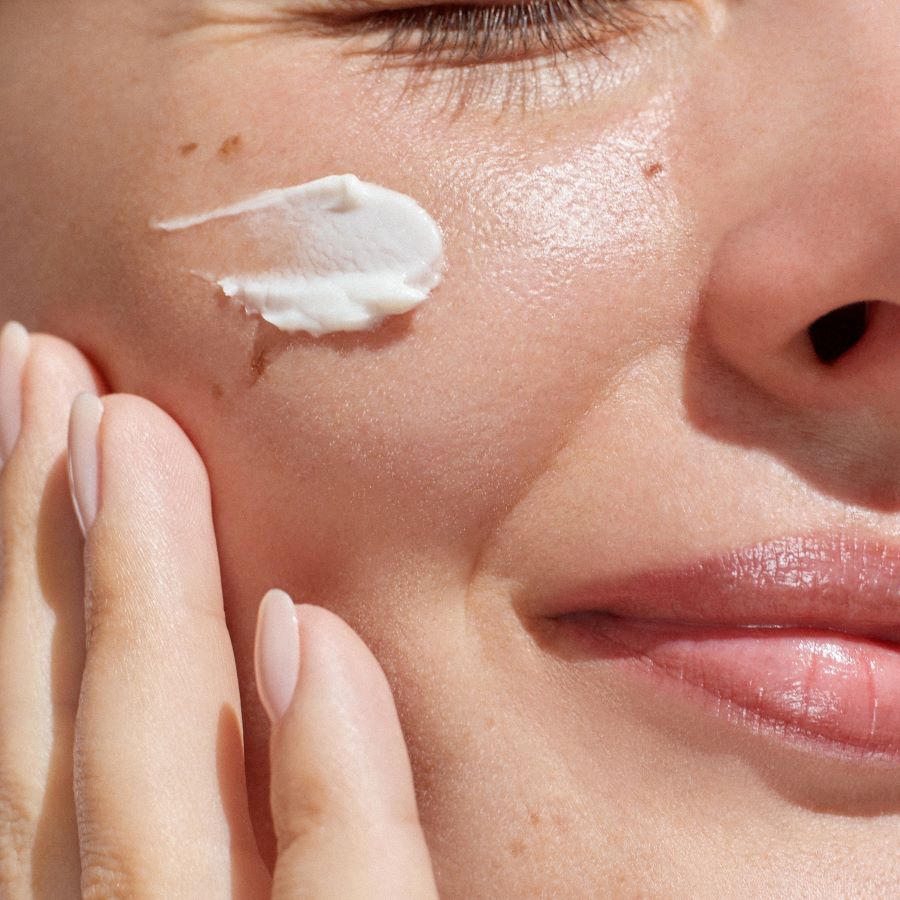Microplastics in Automotive Tires: A Hidden Environmental Threat
The roar of engines, the sleek curves of bodywork, and the thrill of the open road - these are the elements that typically capture our imagination when we think about cars. However, beneath the surface of our automotive passion lies a growing environmental concern that's been quietly gaining traction: microplastics from tire wear. As we navigate the complexities of sustainable transportation, this often-overlooked issue deserves our attention and innovative solutions.

The Rubber Meets the Road: Understanding Tire Wear
Tire wear is an inevitable consequence of driving. As vehicles traverse various road surfaces, the friction between tires and asphalt causes minute particles to break away from the tire tread. These particles, often smaller than 5mm in diameter, are classified as microplastics. The composition of these particles is complex, typically including synthetic rubber, fillers like silica and carbon black, and various chemical additives that enhance tire performance and longevity.
The scale of this issue is staggering. Research estimates that tire wear accounts for a significant portion of microplastic pollution in our environment, with some studies suggesting it could be the largest single source of microplastics in our oceans. The average car tire can lose up to 4 kg of material over its lifetime, much of which ends up in our ecosystem.
From Road to River: The Journey of Tire Particles
Once shed from tires, these microplastic particles embark on a perilous journey through our environment. Rain and wind transport them from roads into storm drains, rivers, and eventually, the ocean. Along the way, they can absorb other pollutants, becoming toxic time bombs that threaten aquatic life and potentially enter the human food chain.
The impact on marine ecosystems is particularly concerning. Filter-feeding organisms like mussels and oysters can ingest these particles, mistaking them for food. As larger animals consume these contaminated organisms, the microplastics and their associated toxins move up the food chain, potentially affecting human health when we consume seafood.
Technological Advancements in Tire Design
The automotive industry isn’t standing idle in the face of this challenge. Tire manufacturers are investing heavily in research and development to create more environmentally friendly tire compounds. Some promising avenues include:
-
Bio-based materials: Replacing petroleum-based synthetic rubber with natural alternatives like dandelion rubber or guayule.
-
Wear-resistant compounds: Developing new rubber formulations that maintain performance while reducing particle shedding.
-
Self-healing tires: Exploring technologies that allow tires to repair minor damage, extending their lifespan and reducing wear.
-
Tire pressure monitoring systems: Improving these systems to ensure optimal tire inflation, which can significantly reduce unnecessary wear.
Regulatory Landscape and Industry Response
As awareness of the tire wear issue grows, regulators are beginning to take notice. The European Union, for instance, is considering including tire wear particles in its microplastics strategy. This regulatory pressure is spurring the automotive industry to action, with many manufacturers setting ambitious targets for reducing the environmental impact of their vehicles, including tire-related pollution.
Some car companies are going beyond tire design, exploring how vehicle dynamics and weight distribution can be optimized to reduce tire wear. This holistic approach recognizes that the issue isn’t solely about tire composition but also how vehicles interact with the road surface.
The Road Ahead: Consumer Awareness and Behavioral Changes
While technological solutions are crucial, consumer behavior also plays a significant role in addressing this issue. Educating drivers about the environmental impact of aggressive driving styles, the importance of proper tire maintenance, and the benefits of choosing eco-friendly tire options can contribute to reducing microplastic pollution from tires.
Moreover, as the sharing economy grows and urban mobility patterns shift, there’s potential for reducing overall tire wear through more efficient use of vehicles. Car-sharing services and improved public transportation can lead to fewer vehicles on the road, potentially mitigating the cumulative impact of tire wear.
Intersecting with Road Design and Urban Planning
The issue of tire wear microplastics also intersects with urban planning and road design. Smoother road surfaces, better drainage systems, and innovative capture technologies at stormwater outflows can help reduce the amount of tire particles entering waterways. Some cities are experimenting with permeable road surfaces that can trap particles before they’re washed away.
A Call for Collaborative Solutions
Addressing the challenge of microplastics from tire wear requires a multi-faceted approach involving tire manufacturers, automakers, regulators, urban planners, and consumers. By raising awareness and fostering collaboration across these sectors, we can drive towards solutions that maintain the freedom and utility of personal transportation while minimizing its environmental footprint.
As automotive enthusiasts and industry professionals, we have a responsibility to champion these efforts. The next time you feel the grip of your tires on a twisting mountain road or hear the satisfying hum of rubber on asphalt, remember that innovation isn’t just about performance and comfort. It’s also about ensuring that our passion for driving doesn’t come at the cost of environmental health.
The road to solving the tire wear microplastics issue may be long and winding, but with concerted effort and innovative thinking, we can steer towards a more sustainable automotive future. It’s a journey that requires us to look beyond the shiny exterior of our vehicles and consider the less visible, but equally important, aspects of automotive environmental impact.





